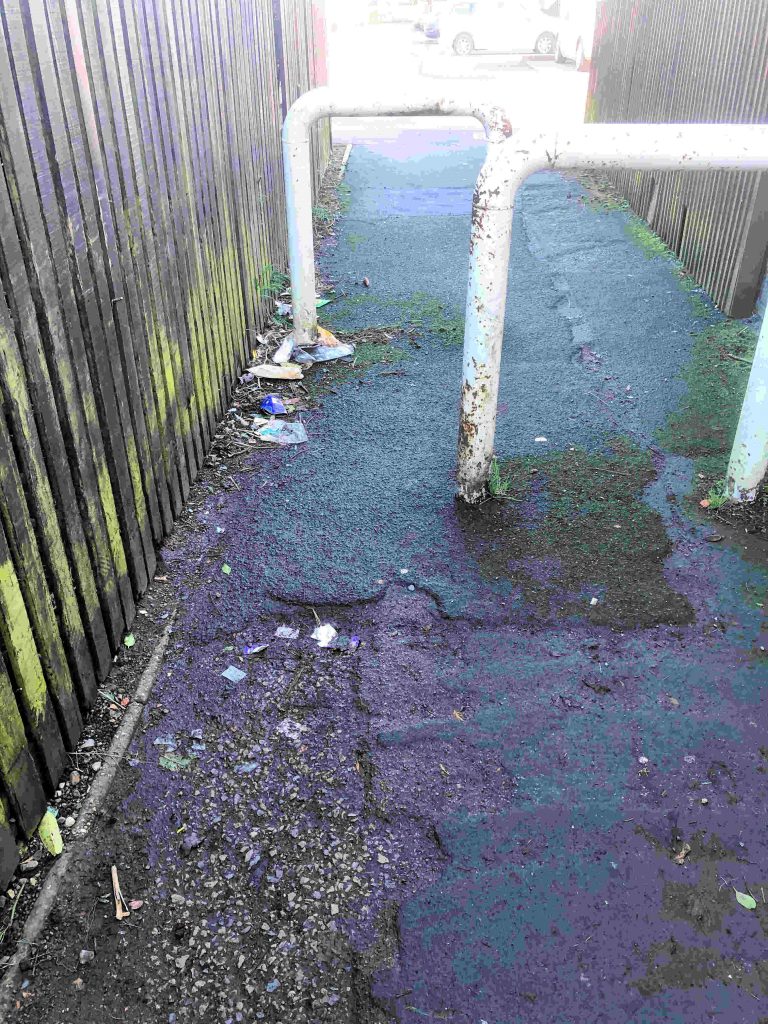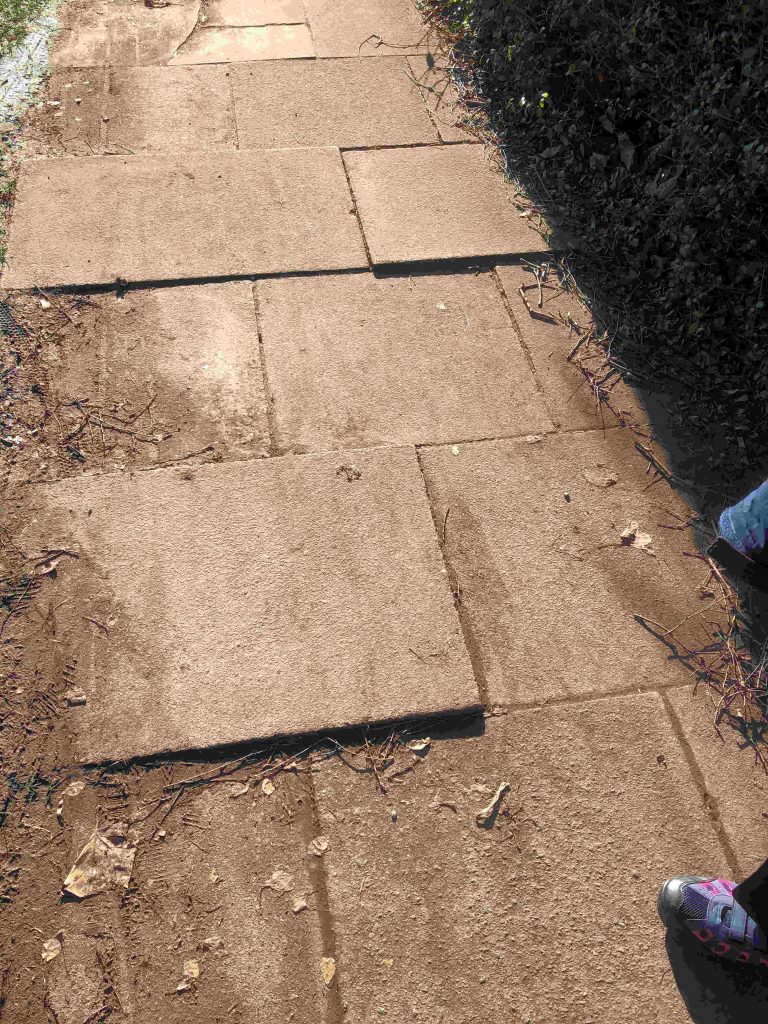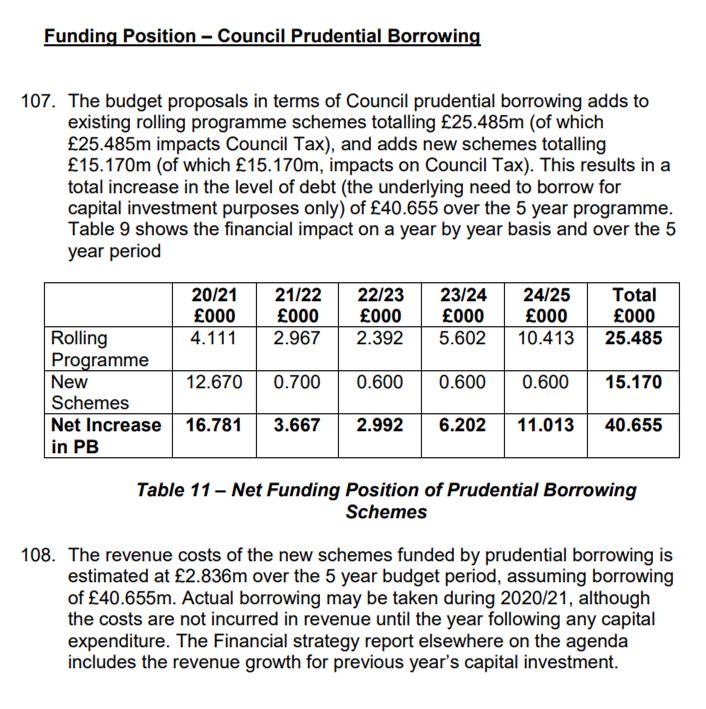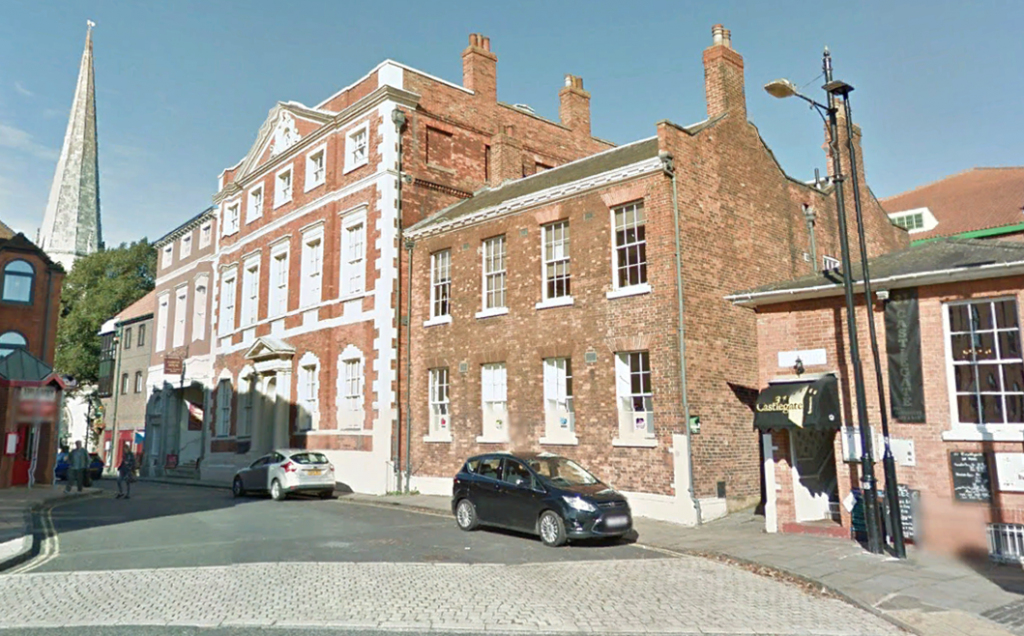 City of York Council will be carrying out resurfacing works from next week at Fishergate (starting 17 February) and Wigginton Road (starting 9 March).
City of York Council will be carrying out resurfacing works from next week at Fishergate (starting 17 February) and Wigginton Road (starting 9 March).
The Fishergate works start on Monday 17 February and will take around seven nights to complete (weather permitting), working between 7.30pm till 5am, Monday to Friday only (weekend excluded).
In order to carry out these works safely the use of a temporary road closure from the junction of Kilburn Road up to, but not including, the junction of Fewster Way will be put in place.
Fulford Road and the junction of Cemetery Road will also be closed as part of the works. A clearly signed diversion route will be set out for through traffic.
Buses will be diverted during working hours as follows:
Phase 1 – Junction of Cemetery Rd & Fishergate – Services 7 and 415 – Inbound via Heslington Lane, University Rd, Heslington Rd, Kent St. Outbound via Kent Street, Heslington Rd, University Rd, Heslington Lane.
Phase 2 – Fishergate closed between Cemetery Rd and Fawcett St – Services 7 and 415 – Inbound via Cemetery Rd, Kent Street, Fawcett St. Outbound via Paragon St, Fawcett St, Kent St, Cemetery Rd.
Phase 3 – Fawcett Street closed between Kent Street and Fishergate – Services 7 and 415- normal route inbound. Outbound via Kent Street, Cemetery Rd. Services 66/N66 – inbound via Cemetery Rd, Fishergate. Outbound via normal route.
The Wigginton Road works will start Monday 9 March and will take around two weeks to complete (weather permitting), working between 8pm till 5am, Monday to Friday.
In order to carry out these works safely the use of a temporary road closure from the roundabout at A1237 to the traffic light junction at Mill Lane will be necessary. A clearly signed diversion route will be set out for through traffic.
During both schemes, site staff will be on hand to advise and assist residents about the access restrictions once the works are ongoing.
Any specific access requirements maybe arranged by speaking to the Site Traffic Management Operatives or the Engineer who will co-ordinate with residents and business requirements around ongoing construction operations.
Emergency services will be permitted at all times. Cyclists will have to dismount and use the footways.
As with any construction work, there is likely to be a certain amount of disruption and inconvenience to the public, however the contractor will try at all times to keep any disruption to a minimum.
To keep up-to-date with the latest road works in York visit www.york.gov.uk/roadworks or follow @York_Travel on social media.
Residents can contact Murtaza Khaliq, site supervisor, on 07880 505375, if they have any concerns during the works, particularly if this is related to noise issues.




 This is by far the largest liability the Council has had since it became a unitary authority over 20 years ago.
This is by far the largest liability the Council has had since it became a unitary authority over 20 years ago.
